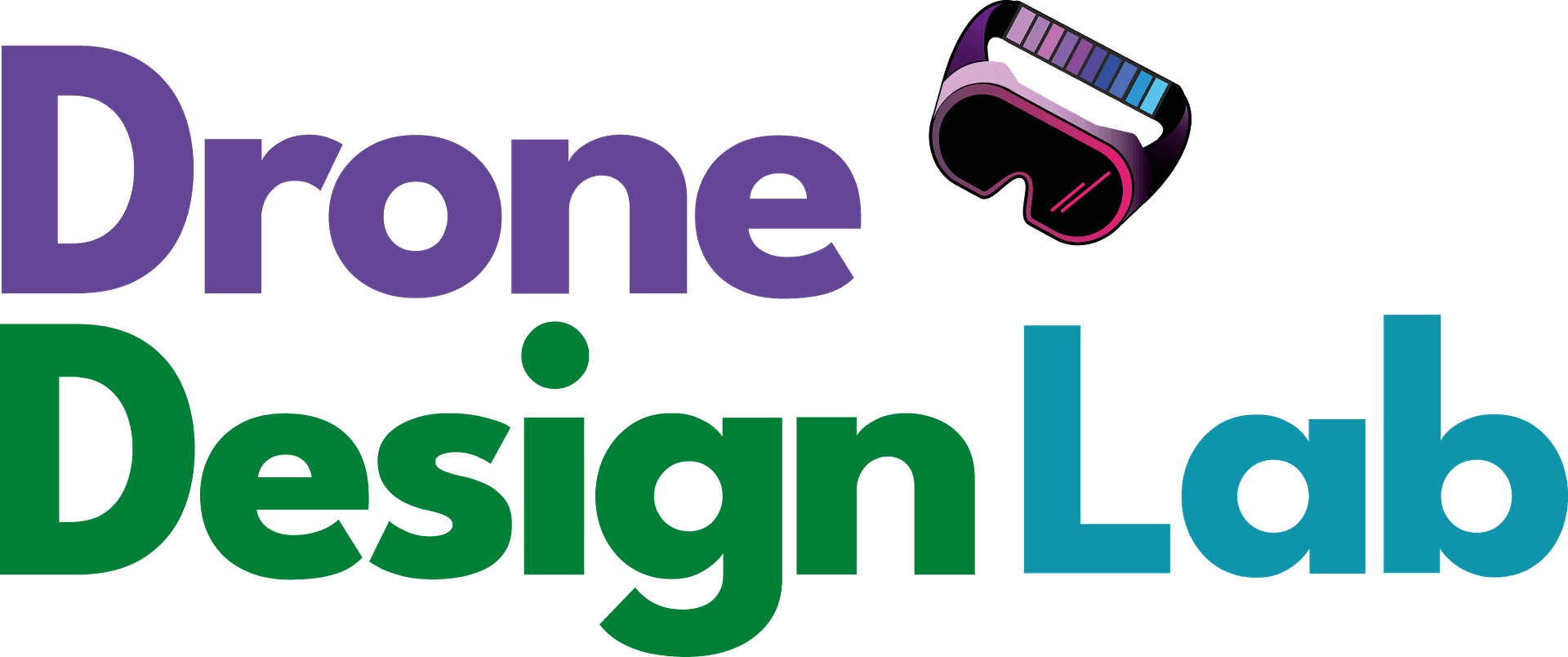Drones, also known as unmanned aerial vehicles (UAVs), are increasingly used in agriculture to perform various tasks, such as crop spraying, crop monitoring, and soil analysis. They can cover large areas quickly and efficiently, while also providing farmers with detailed information about the health of their crops. Additionally, drones can be outfitted with various sensors and cameras to gather data on crop growth and soil conditions, which can help farmers optimize their crop management strategies.
Smart agriculture, also known as precision agriculture, is a farming method that uses technology to optimize crop production and improve efficiency. This can include using sensors, drones, and other devices to gather data on factors such as weather, soil conditions, and crop growth. This data can then be analyzed and used to make informed decisions about planting, irrigation, fertilization, and other aspects of crop management. Smart agriculture can also include the use of precision equipment, such as GPS-guided tractors, to plant and harvest crops with greater accuracy and efficiency.
Smart agriculture can help farmers to increase crop yields, reduce costs, and minimize the use of inputs such as water, fertilizer and pesticides. It can also help to improve the sustainability of agriculture by reducing environmental impact and increasing food security.
Smart agriculture is a relatively new concept, but it is being increasingly adopted by farmers around the world as the technology becomes more widely available and affordable.
What is NDVI?
NDVI (Normalized Difference Vegetation Index) is a widely used vegetation index in remote sensing and precision agriculture. It is calculated by subtracting the near-infrared reflectance of a target from its red reflectance and then dividing the result by the sum of the two. The NDVI value ranges from -1 to 1, where a value close to 1 indicates dense, healthy vegetation and a value close to -1 indicates a barren or non-vegetated area. Values between 0 and 1 indicate varying levels of vegetation density.
NDVI is used to map vegetation cover, assess vegetation health, and detect changes in vegetation over time. NDVI can be used to identify problem areas in fields and monitor crop growth. It can also be used to detect changes in vegetation due to factors such as drought, pest infestations, and disease.





